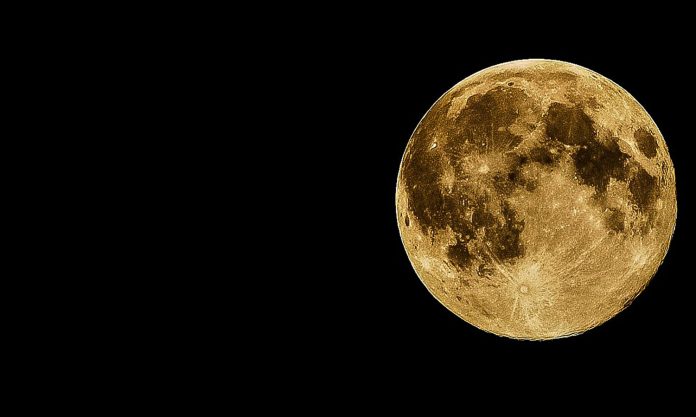
In a post on Mysterious Universe, Brent Swancer writes about the first attempt to reach the moon, which was mounted in the late 1600s.
John Wilkins was educated at Magdalen College in natural philosophy and astronomy, became a priest in the Church of England, become a Master of Trinity College, Cambridge, served as Bishop of Chester, and was one of the founding members of the Royal Society. Around 1640, he proposed building a “flying chariot” to take men to the moon.
To escape Earth’s gravity, Wilkins thought his chariot should be equipped with a powerful spring, clockwork gears, gunpowder as propulsion, an internal engine, a vertical rotating sail sprouting from the backrest, wheels for landing, and a set of wings covered with feathers. Wilkins posited that space wouldn’t be too cold and that astronauts wouldn’t feel hunger once they left Earth. They also wouldn’t need oxygen, because they’d be breathing the “pure air of angels.”
So, he got a few things wrong. What would have happened if Wilkins had gotten his chariot? What if he wasn’t wrong about space? What would happen next?











